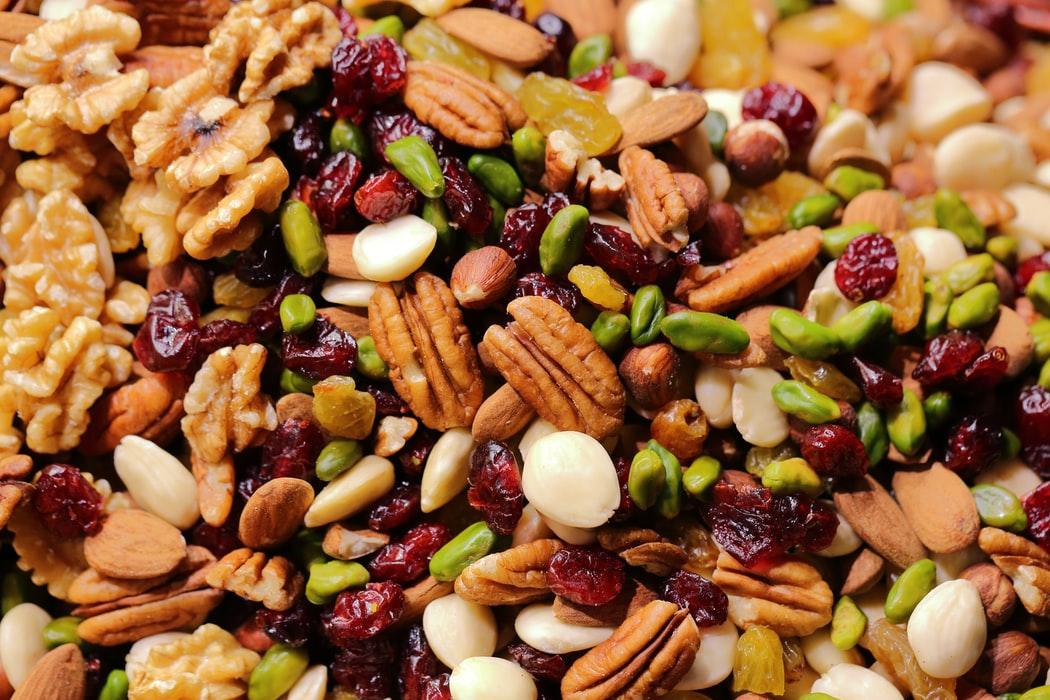Beyond crunchiness: nuts found new roles in plant-based milk
Nuts are high in protein, rich in healthy fat and low in carbon, the nutrition content have enabled them to play an important role in healthy diet and food processing. With the change of consumers’ eating habits and the popularity of fitness lifestyle, nuts are perfect go-to tools to produce products that fit the gluten-free, grain-free, keto and paleo-friendly needs of the consumers.

Plant-based milk
More and more consumers are interested in decreasing the consumption of animal products because of ethical, healthy, or environmental factors. Therefore, food industry starts to produce a range of alternative plant-based milk options. The common plants used are oats and almonds. According to Nielsen, plant-based foods in the United States rose 20% to $3.3 billion in the past year, entering main stream food market from a relative niche market in the past.
How plant-based milk is made?
There are two main routes to manufacture plant-based milks: wet versus dry processing. The wet process involves soaking the seeds and nuts, which sometimes takes up to 12 hours, to remove enzyme inhibitors, improving nutrient digestibility and bioavailability. Then the nuts will be grinded into milk. Heating and homogenization are often applied in this stage to inactivate enzymes and improve stability of final product. The alternative dry process involves drying the harvested seeds and nuts then milling them into flours. Protein and fiber can then be separated from the starch as desired. After the wet or dry processing, it is time to formulate the component into beverages: Disrupt plant materials to form aqueous suspensions of oil bodies; then form oil‐in‐water emulsions by homogenization of oil, water, and emulsifiers.